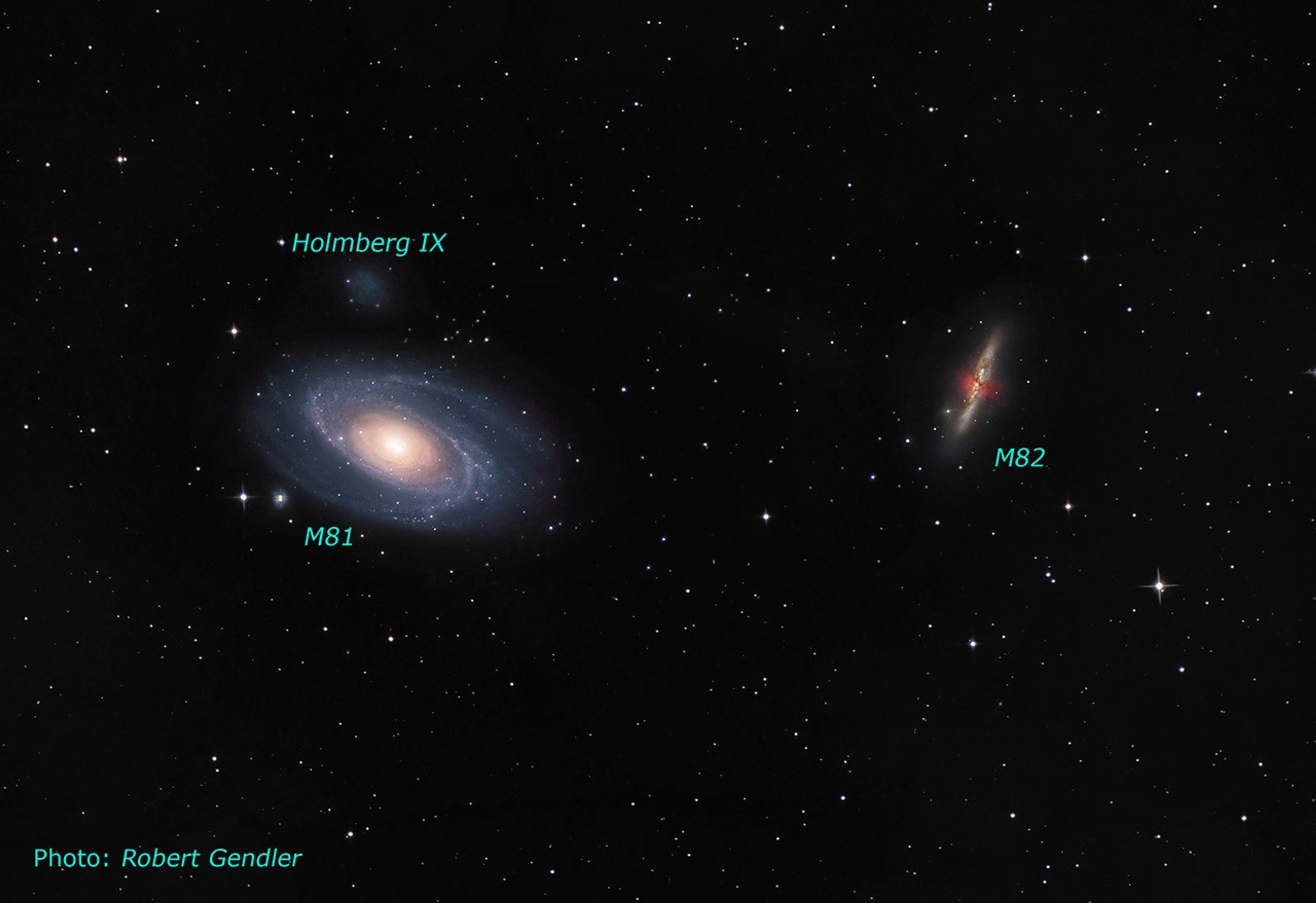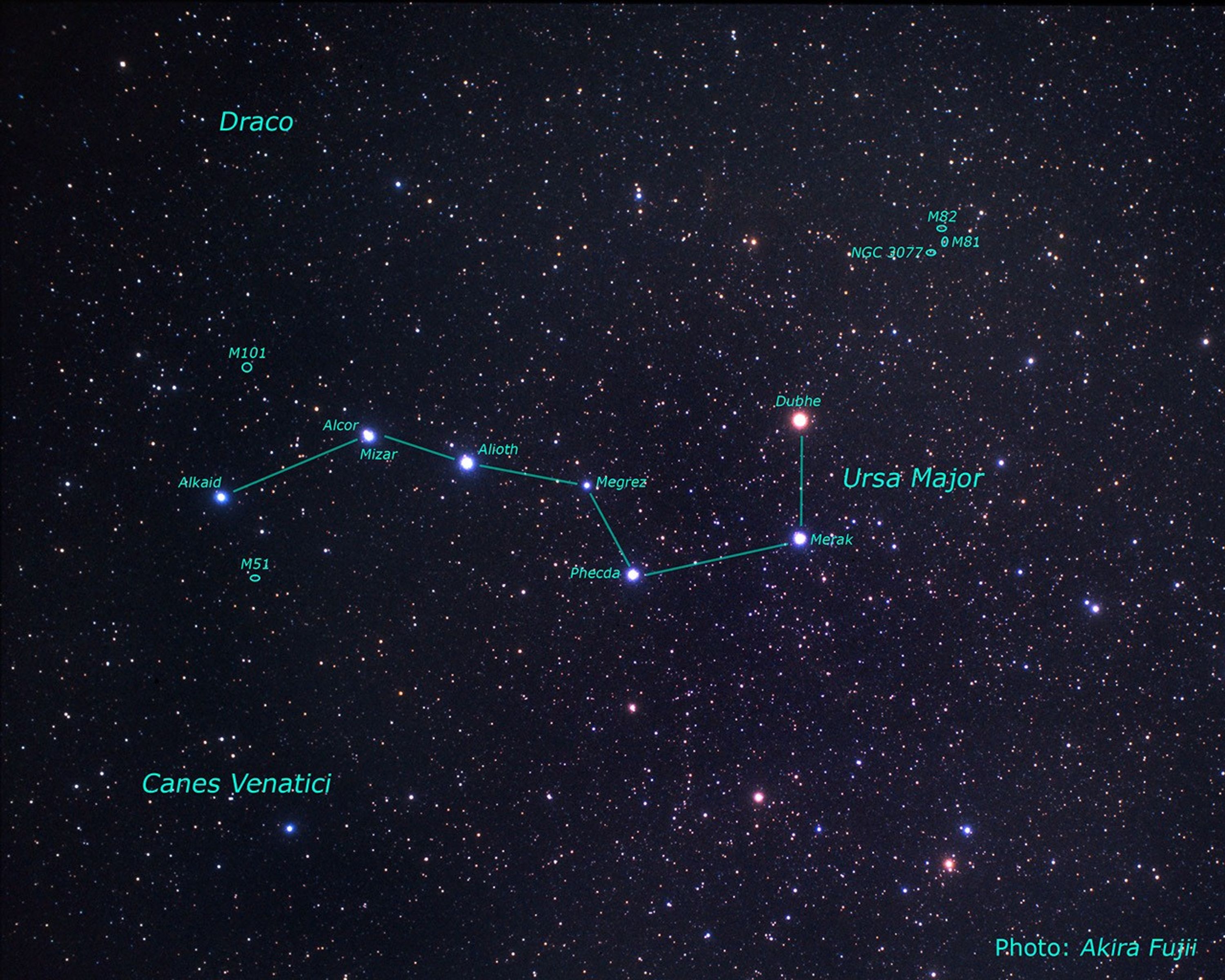1 min read
GALEX View of M81-M82 Group

About the Object
- ConstellationConstellationOne of 88 recognized regions of the celestial sphere in which the object appears.Ursa Major
- DistanceDistanceThe physical distance from Earth to the astronomical object. Distances within our solar system are usually measured in Astronomical Units (AU). Distances between stars are usually measured in light-years. Interstellar distances can also be measured in parsecs.12 million light-years (3.6 Megaparsecs)
About the Data
- InstrumentInstrumentThe science instrument used to produce the data.GALEX
- Object NameObject NameA name or catalog number that astronomers use to identify an astronomical object.M81 - M82 Galaxy Group
- Object DescriptionObject DescriptionThe type of astronomical object.Galaxy Group
- Release DateJanuary 8, 2008
- Science ReleaseHubble Finds that “Blue Blobs” in Space Are Orphaned Clusters of Stars
- Credit

Ultraviolet
Related Images & Videos
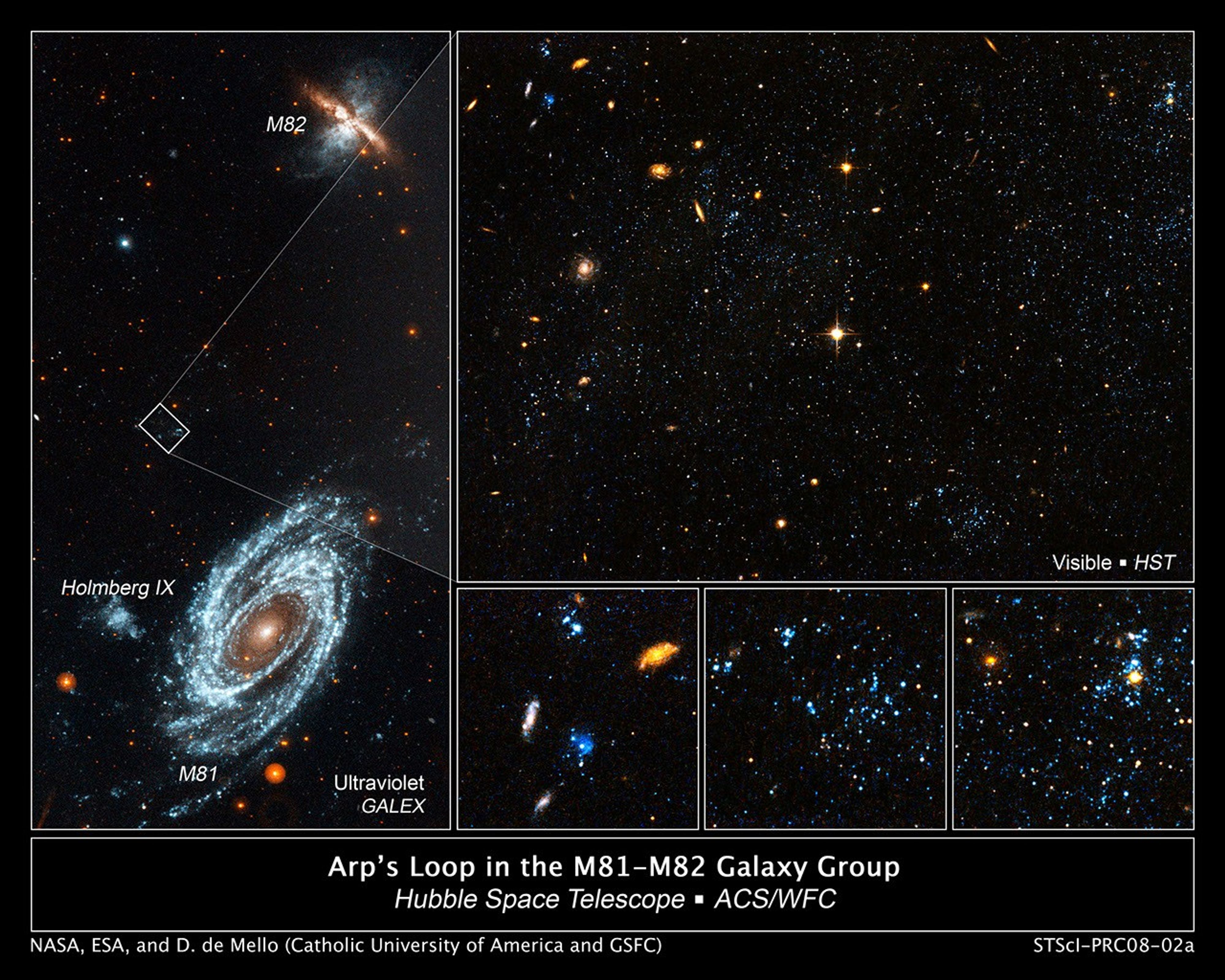
Location of the Blue Blobs in Galaxy Group
[LEFT] A GALEX ultraviolet image of the interacting galaxies M81 and M82, which lie 12 million light-years away in the constellation Ursa Major. The gravity from each galaxy dramatically affected the other during their last close encounter, 200 million years ago. Gas density...

Dwarf Galaxy Holmberg IX
This loose collection of stars is actually a dwarf irregular galaxy, called Holmberg IX. It resides just off the outer edge of M81, a large spiral galaxy in Ursa Major. This image was taken with Hubble's Advanced Camera for Surveys in early 2006. Holmberg IX is of the so-called...
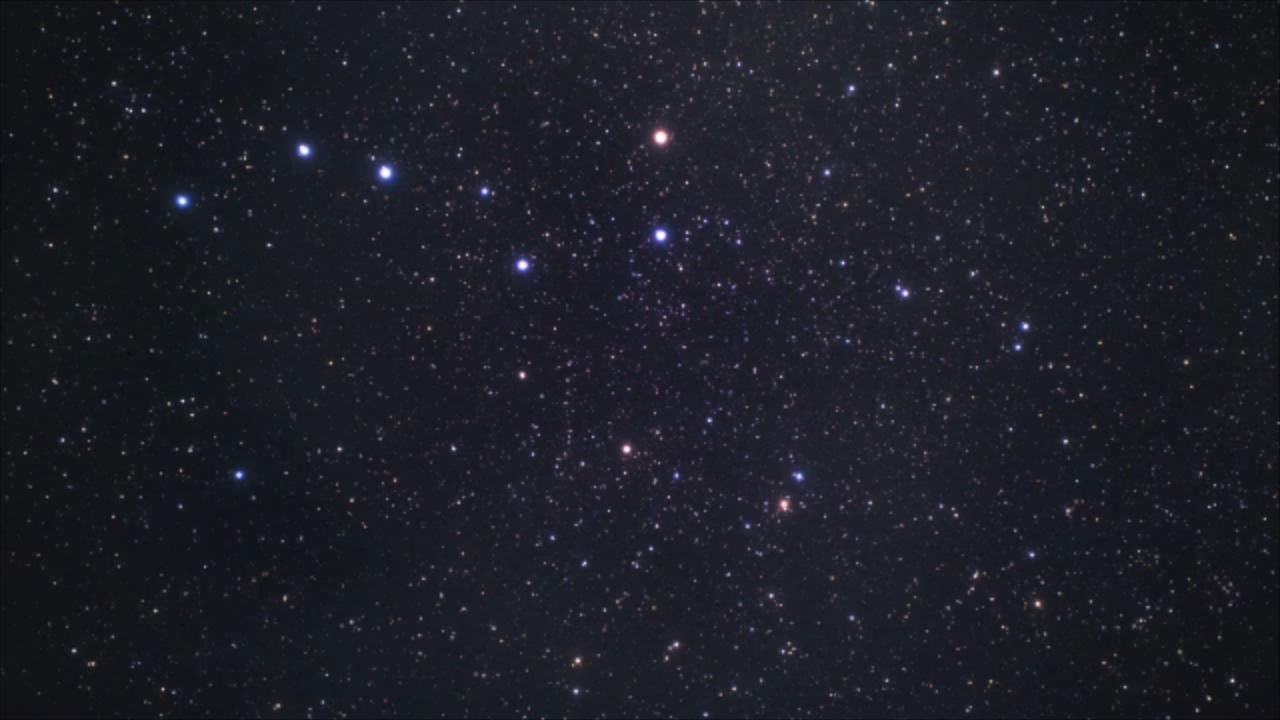
Hubble Zooms in on Dwarf Galaxy
This is a zoom into the dwarf irregular galaxy called Holmberg IX. It resides just off the outer edge of M81, a large spiral galaxy in the constellation Ursa Major. Video starts with a backyard view of Ursa Major. Camera zooms into the M81 and M82 galaxy pair. Scene ends with...
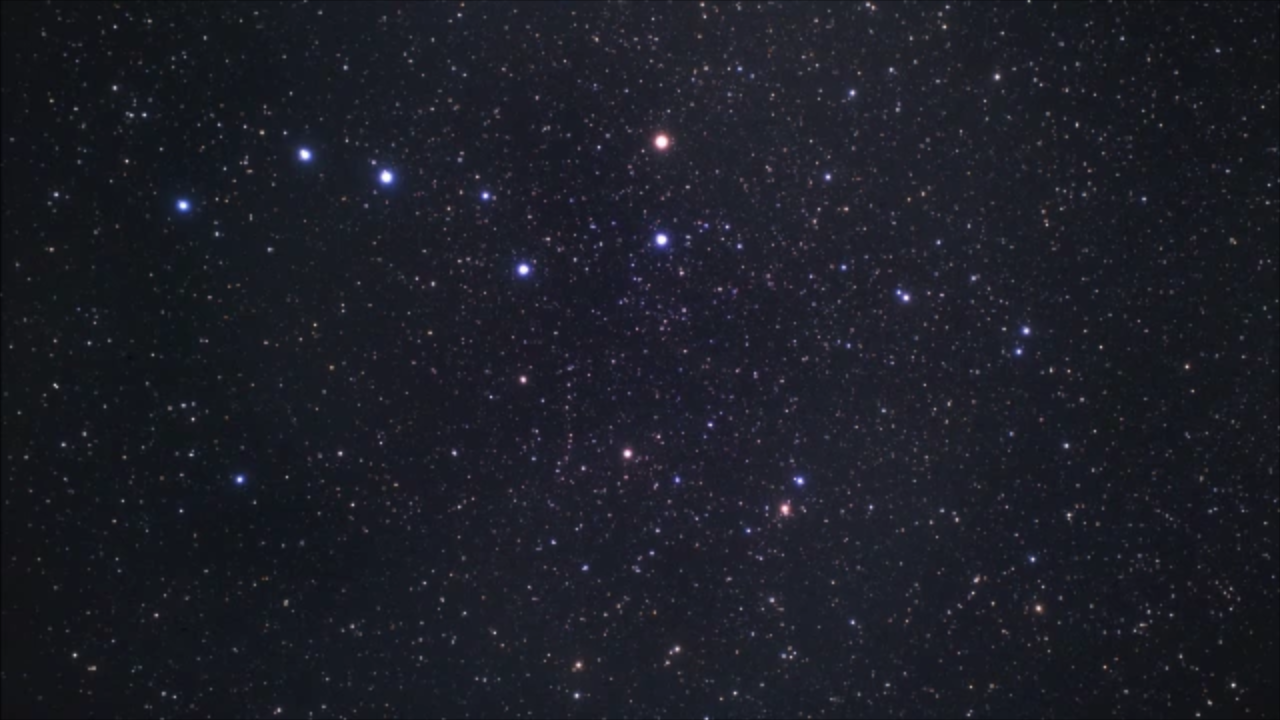
Hubble Zooms in on "Blue Blobs" in Space
This is a zoom into the "blue blobs" found along a wispy bridge of gas strung among three colliding galaxies, M81, M82, and NGC 3077 residing about 12 million light-years from Earth in the direction of the constellation Ursa Major. Astronomers using the Hubble Space Telescope...
Share
Details
Claire Andreoli
NASA’s Goddard Space Flight Center
Greenbelt, Maryland
claire.andreoli@nasa.gov


























